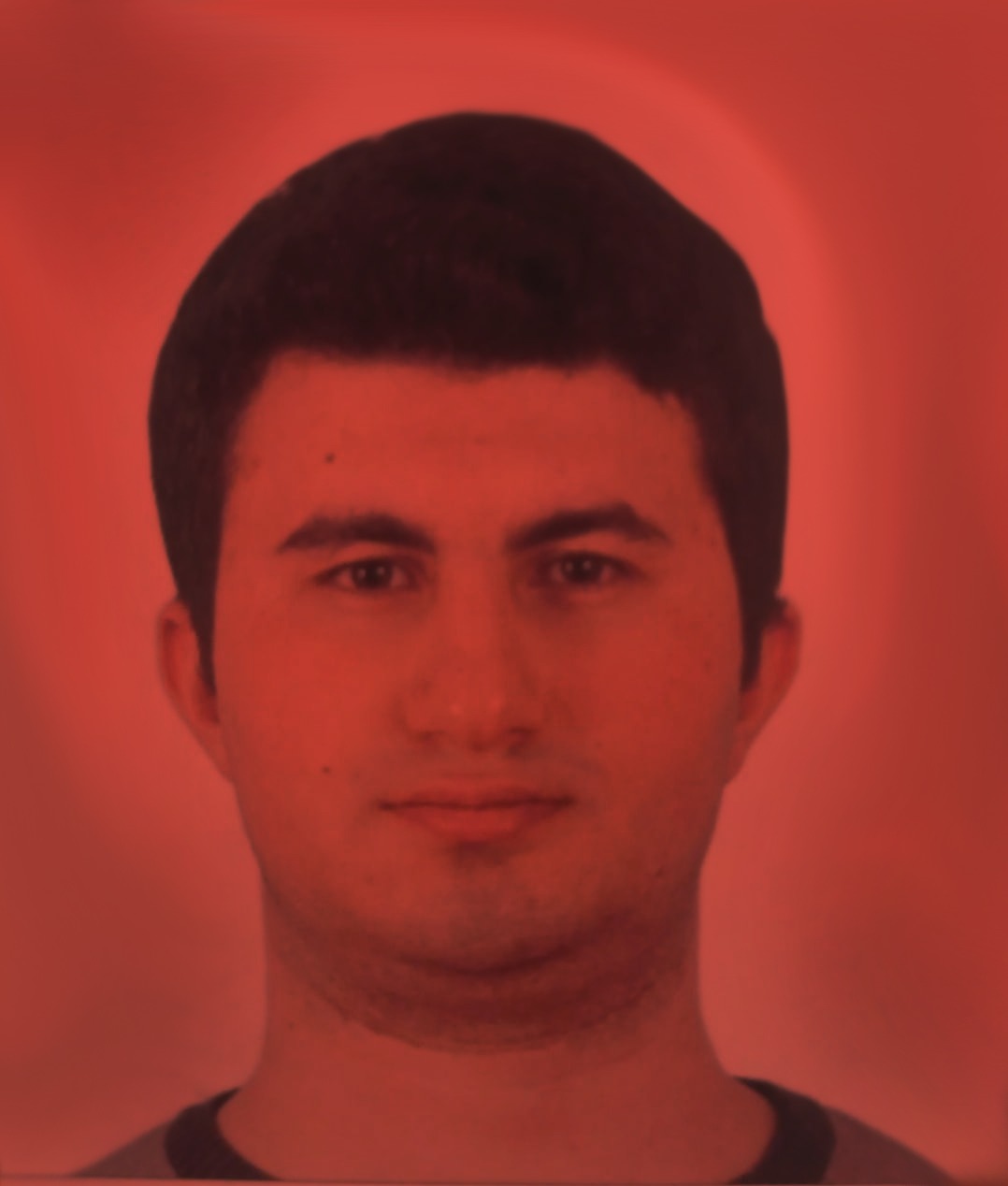As the geopolitical landscape continues to evolve, Russia has issued a strong call for political solutions to the ongoing conflict in Ukraine, coinciding with the announcement of a significant increase in military and humanitarian aid from the United States to support Ukraine. This latest U.S. aid package is seen as a crucial component in bolstering Ukraine’s defense capabilities against Russian aggression, as the conflict, which has persisted since 2022, shows no signs of abating.
Russian officials have emphasized the need for dialogue and negotiations, arguing that a peaceful resolution is essential to restore stability in the region. They have criticized the U.S. for its escalating military support, asserting that such actions only serve to exacerbate tensions and prolong the conflict. Moscow’s rhetoric reflects its longstanding position that external intervention by Western nations complicates the situation, making it increasingly difficult to arrive at a mutually agreeable solution.
The U.S. aid package includes advanced weaponry, financial assistance, and training for Ukrainian forces, aiming to enhance their capabilities on the battlefield. This infusion of support is viewed by many analysts as a pivotal factor in Ukraine’s ongoing efforts to repel Russian forces and reclaim occupied territories. The Biden administration has reiterated its commitment to standing by Ukraine, emphasizing that U.S. assistance is critical to ensuring Ukraine can defend its sovereignty and territorial integrity.
In contrast, Russian leaders have maintained that the solution to the crisis must be political, urging all parties involved to engage in meaningful discussions. They have suggested that a series of compromises could pave the way for a ceasefire, while also hinting at a potential reevaluation of their military objectives in light of the sustained resistance from Ukrainian forces.
As diplomatic efforts remain stagnant, the rhetoric from both sides underscores a deepening divide that complicates prospects for peace. The international community watches closely, as the dynamics of the conflict continue to shift in response to both military developments and political maneuvers. The situation remains fluid, with the potential for further escalation looming if both sides do not find a pathway to dialogue. The coming weeks may prove crucial in determining whether a diplomatic resolution can be achieved or if the conflict will persist, fueled by external aid and entrenched positions.

